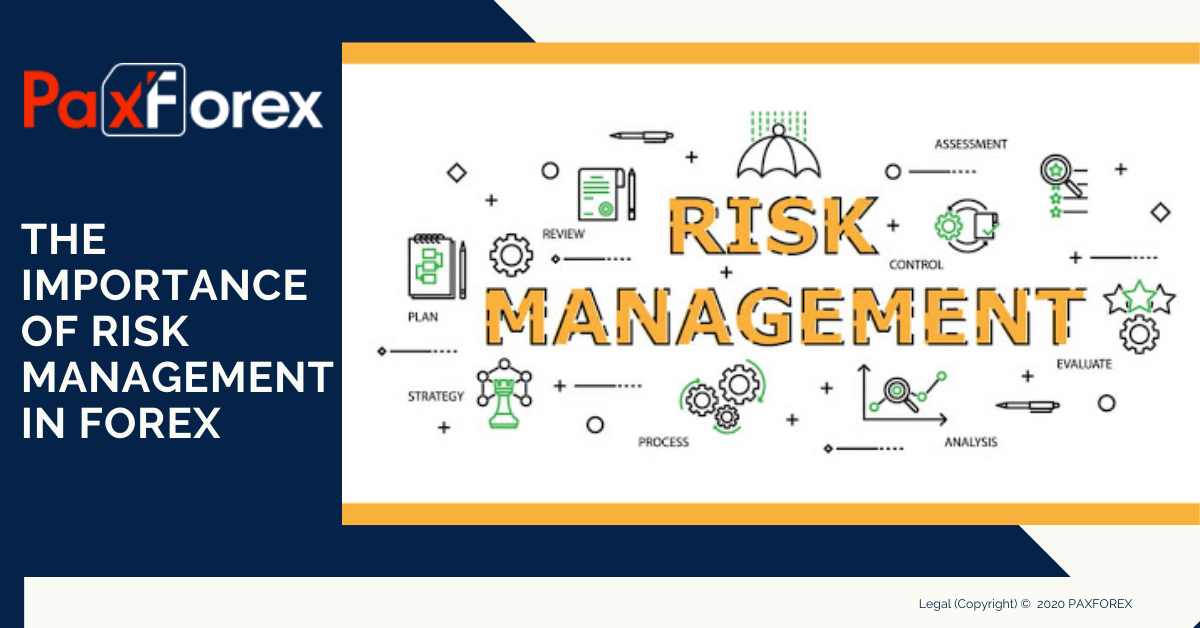The Critical Importance of Risk Management in Economic Decision Making
The Critical Importance of Risk Management in Economic Decision Making
Blog Article
Exploring the Relevance of Risk Management for Effective Decision-Making Strategies
In the elaborate world of service, Risk Management emerges as a vital aspect in the decision-making procedure. The capacity to identify potential dangers and possibilities, and strategize as necessary, can spell the distinction between success and failing.
Understanding the Concept of Risk Management
Risk Management, a crucial element in decision-making, is usually misunderstood or oversimplified. Typically, it refers to the identification, assessment, and prioritization of dangers to lessen, keep an eye on, and regulate the chance or influence of unfavorable occasions. It's not just regarding stopping unfavorable results, but also about acknowledging potential chances. Risk Management includes structured and disciplined strategies, using information and informative evaluations. It needs an extensive understanding of the company's context, purposes, and the prospective risks that can obstruct them. From financial unpredictabilities, lawful liabilities, strategic Management errors, to accidents and all-natural catastrophes, it addresses numerous risks. Notably, efficient Risk Management is not stagnant; it's a constant, forward-looking procedure that evolves with transforming scenarios.
The Duty of Risk Management in Decision-Making Processes
In the world of calculated preparation and organization procedures, Risk Management plays an essential duty in decision-making procedures. It aids in determining prospective hazards and unpredictabilities that can impact the achievement of service objectives. By mapping these threats, firms can create techniques to minimize their impact, making sure organization continuity and stability. Risk Management therefore ends up being an essential tool in decision-making, helping leaders to make educated options based upon a thorough understanding of the threats entailed. It encourages a proactive approach, allowing organizations to prepare and expect for possible future situations. This dramatically lowers the chance of adverse effects, advertising extra reliable and reliable decision-making approaches. Risk Management serves as an important element in the decision-making processes of any organization.

Exactly How Risk Management Improves Strategic Planning
In the context of strategic preparation, Risk Management plays a crucial function. Initiating with the recognition of prospective risks, it additionally reaches the implementation of Risk reduction measures. The duty of Risk Management is dynamic yet not fixed, as it requires continuous monitoring and adjusting of methods.
Identifying Prospective Threats

Executing Risk Reduction
Having developed the significance of determining potential risks, the following step is to explore Risk mitigation. This procedure entails developing and implementing techniques to take care of recognized threats efficiently. It is a critical element of tactical preparation as it enhances decision-making by reducing possible unfavorable results. Risk reduction methods can range from Risk avoidance, Risk transfer, to run the risk of decrease. Each have a peek here strategy should be customized to the details Risk, considering its potential effect and the company's Risk resistance. Effective Risk mitigation requires a deep understanding of the Risk landscape and the potential influence of each Risk. This understanding enables organizations to focus on dangers and assign resources effectively, making certain that the most significant hazards are attended to first.
Monitoring and Readjusting Strategies
Though Risk reduction is a critical action in tactical preparation, continuous tracking and click here now modification of these approaches is just as essential. This recurring process permits organizations to determine brand-new dangers and reassess existing ones, making sure the implemented methods stay effective in the ever-changing organization atmosphere. It additionally supplies a possibility to review the success of the Risk Management measures, allowing adjustments to be made where needed, more enhancing tactical preparation. Efficient tracking and change require using analytics and key efficiency signs (KPIs) to gauge efficiency. These tools offer important data-driven understandings that can educate critical decision-making. Tracking and readjusting Risk Management techniques is an important part for improving a company's resilience and calculated preparation.
Case Researches: Successful Risk Management and Decision-Making
In the world of business and money, effective Risk Management and decision-making usually serve as the columns of prosperous ventures. These cases highlight the value of astute Risk Management in decision-making processes. These cases emphasize the essential role of Risk Management in calculated decision-making.
Tools and Strategies for Reliable Risk Management
These devices, such as Risk registers and heat maps, aid in identifying and evaluating potential risks. Risk response approaches, a key part of Risk Management, include approving, preventing, transferring, or mitigating risks. With these devices and techniques, decision-makers can navigate the complicated landscape of Risk Management, thus helping with educated and effective decision-making.
Future Fads in Risk Management and Decision-Making Strategies
As we explore the large landscape of Risk Management, it ends up being noticeable that the devices and techniques utilized today will certainly remain to develop. Future trends direct towards a boosted reliance on modern technology, with man-made knowledge and artificial intelligence playing significant functions. These modern technologies will make it possible for organizations to anticipate prospective risks with better accuracy and make even more educated decisions. In addition, dig this there will be an expanding emphasis on resilience, not simply in managing threats however additionally in bouncing back from adverse scenarios. Lastly, the principle of Risk society, where every member of a company is aware and entailed in Risk Management, will certainly acquire more importance. These fads advertise a more comprehensive and positive approach in the direction of Risk Management and decision-making.
Final thought
Risk Management thus comes to be a crucial tool in decision-making, helping leaders to make enlightened selections based on a detailed understanding of the risks involved. Risk mitigation strategies can vary from Risk avoidance, Risk transfer, to run the risk of reduction (importance of risk management). Reliable Risk reduction calls for a deep understanding of the Risk landscape and the possible influence of each Risk. Risk action techniques, a key part of Risk Management, entail approving, avoiding, moving, or mitigating dangers. The concept of Risk culture, where every participant of an organization is mindful and involved in Risk Management, will certainly gain extra importance
Report this page